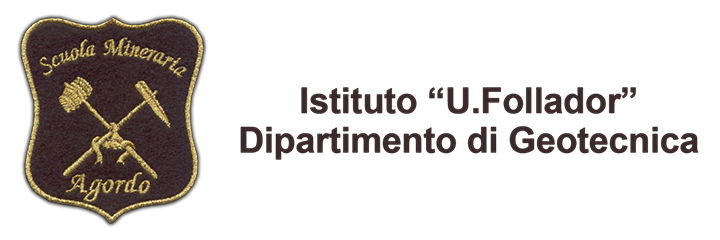4 Mezzavalle (776 m a.s.l.): The deepest part of the valley
At an altitude of 776 metres above sea level, Mezzavalle is situated at the bottom of the narrowest and deepest glacial valley on the planet, almost 2100 metres lower than Mount Agnèr (2872 m). Recognised as the greatest U-shaped valley, it descends from Mount Agnèr right to the valley’s floor, only to rise up again to the top of the Terza Pala di San Lucano.
There exist bigger glacial valleys all over the world but because of their width, the U-shape, so typical for the glacial valleys, is almost unrecognisable; there are even narrower valleys, however, too small and less deep.
Seismic surveys conducted in the area using ultrasound to help scientists better understand the deeper structure of the Earth, have allowed us to rebuild the development of the rocky substrate buried underneath. The results reveal that the rock is located 200 metres deeper than the ground level, meaning that the U-shape is even more profound than previously thought.
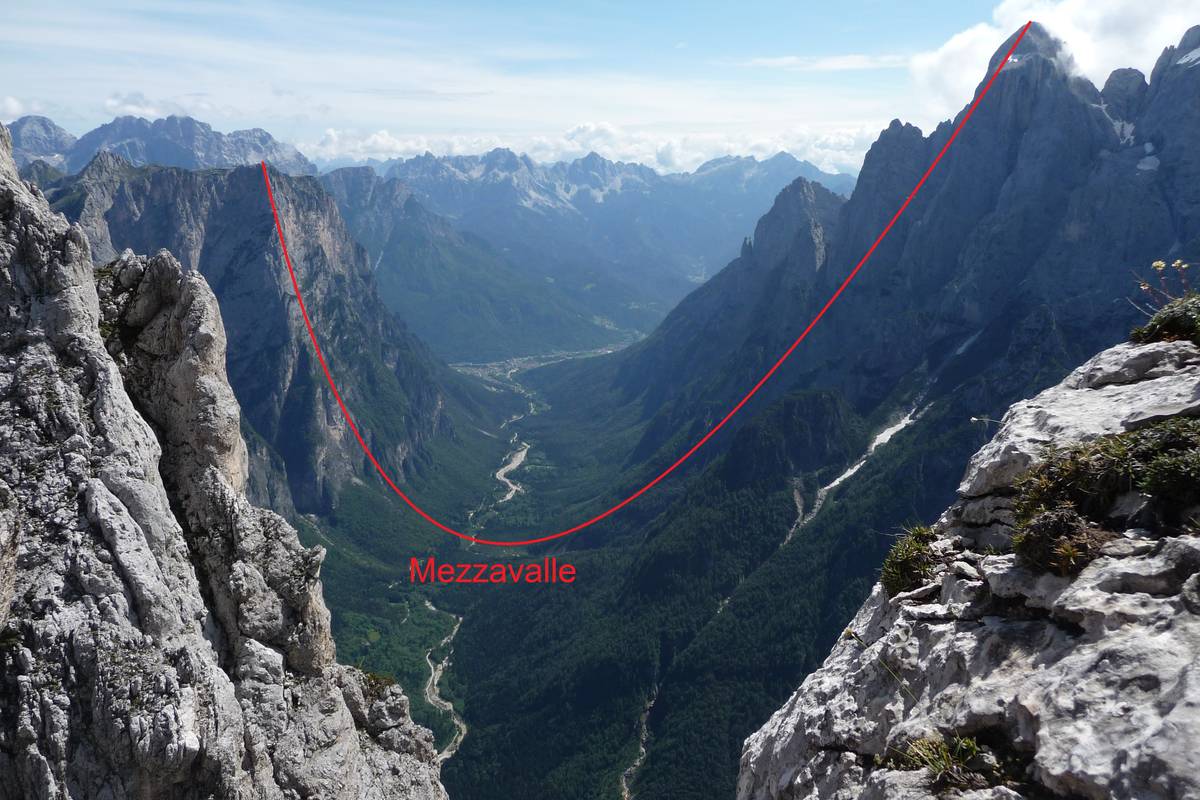 Part of the San Lucano Valley passing through Mezzavalle (775 m asl) between Terza Pala (2354 metres above sea level) and Mount Agnèr (2872 metres above sea level) through “el Cor” in Pale del Balcon (photo DG).
Part of the San Lucano Valley passing through Mezzavalle (775 m asl) between Terza Pala (2354 metres above sea level) and Mount Agnèr (2872 metres above sea level) through “el Cor” in Pale del Balcon (photo DG).
From here it is possible to glimpse at some particular traits of the valley, such as "El Cor", the San Lucano cave and Tromba del Miel.
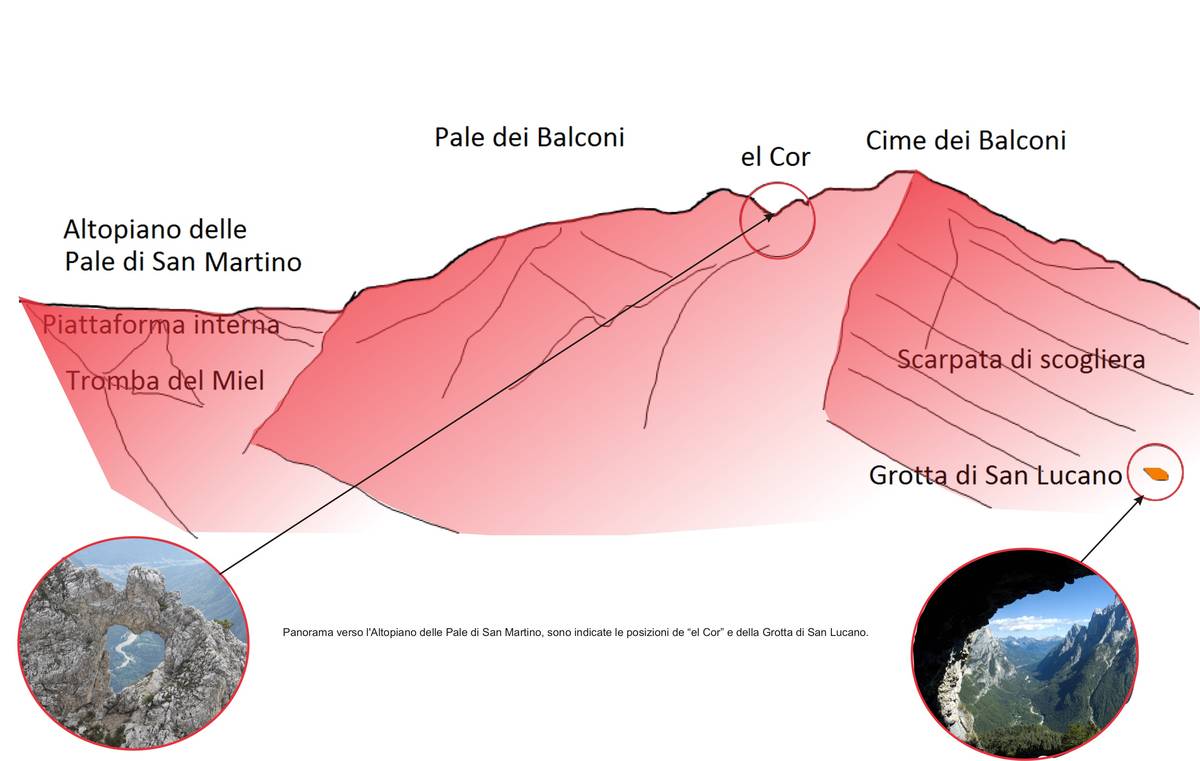 An illustration of geological features visible from Mezzavalle (ill. D. Preloran).
An illustration of geological features visible from Mezzavalle (ill. D. Preloran).
“El Cor”
“El Cor” is a unique heart-shaped rock arch located in Pale del Balcon. Rock arches of this kind are formed as a result of a phenomenon called selective erosion. The rock, which is a Schlern dolomite was faulted (fault’s plane visible to the left of the arch) and fractured. Cataclasites, which are the layers that have been made softer by the fracturing, are more susceptible to the erosive agents. In this case it may be assumed that the freeze-thaw cycle, which has a great effect on fractured rocks, was the main factor in forming the rock fragments that were removed by the force of gravity and the surface runoff. This was additionally helped by the process of karst dissolution which helped water permeate deeply into the fractures.
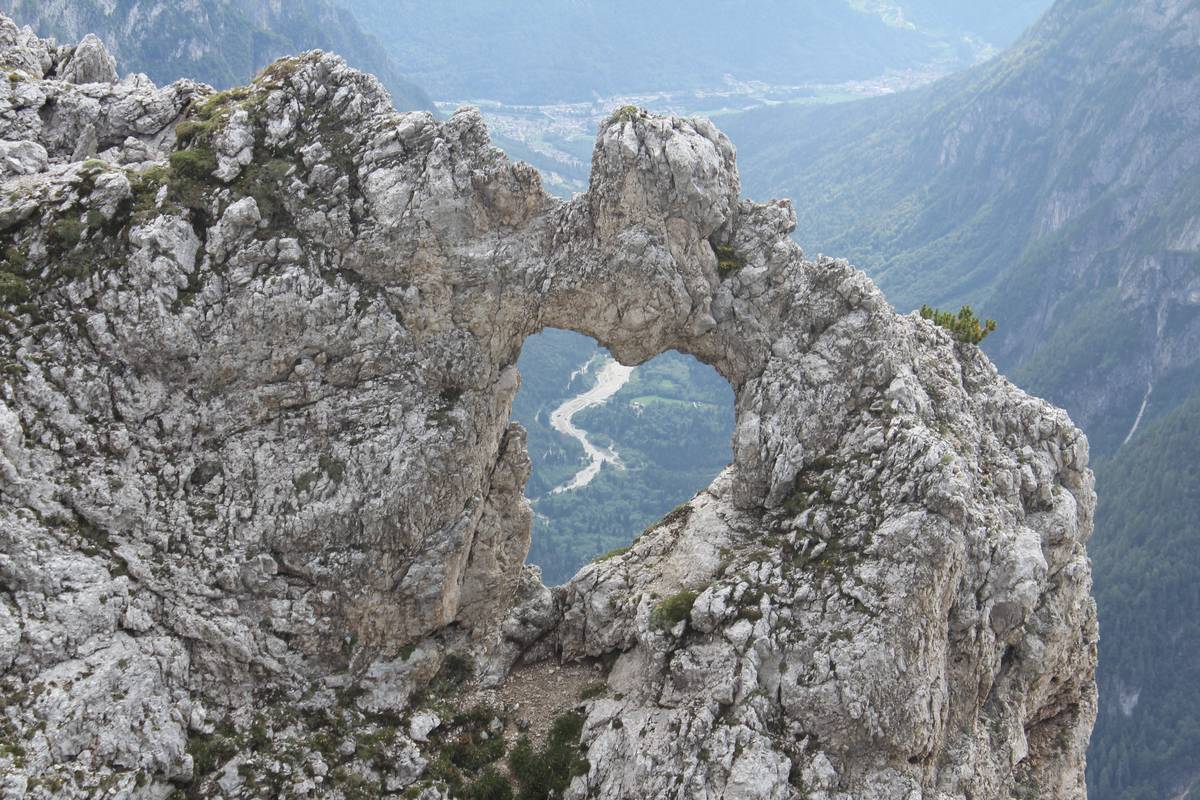 El Cor” - a unique heart-shaped rock arch located in Pale del Balcon (photo L. D'Alberto).
El Cor” - a unique heart-shaped rock arch located in Pale del Balcon (photo L. D'Alberto).
The San Lucano cavern
The San Lucano cavern is a square-shaped cave with a vault-like outer contour produced by the combined influence of karst and selective erosion along faults and fractures; these processes, together with the subsequent collapses, facilitated the cavity’s widening. Local Christian tradition holds that the cave was the dwelling place of the Blessed Vaza - it hosts a chapel dedicated to San Lucano and the pious woman. The cave offers a spectacular view over the San Lucano Valley. The seated visitor can enjoy the ever-changing shadows throughout the day and discover peaks and pinnacles, ravines and fissures and a plethora of new features; the staggering vista doubtlessly renders it a "mystical" place.
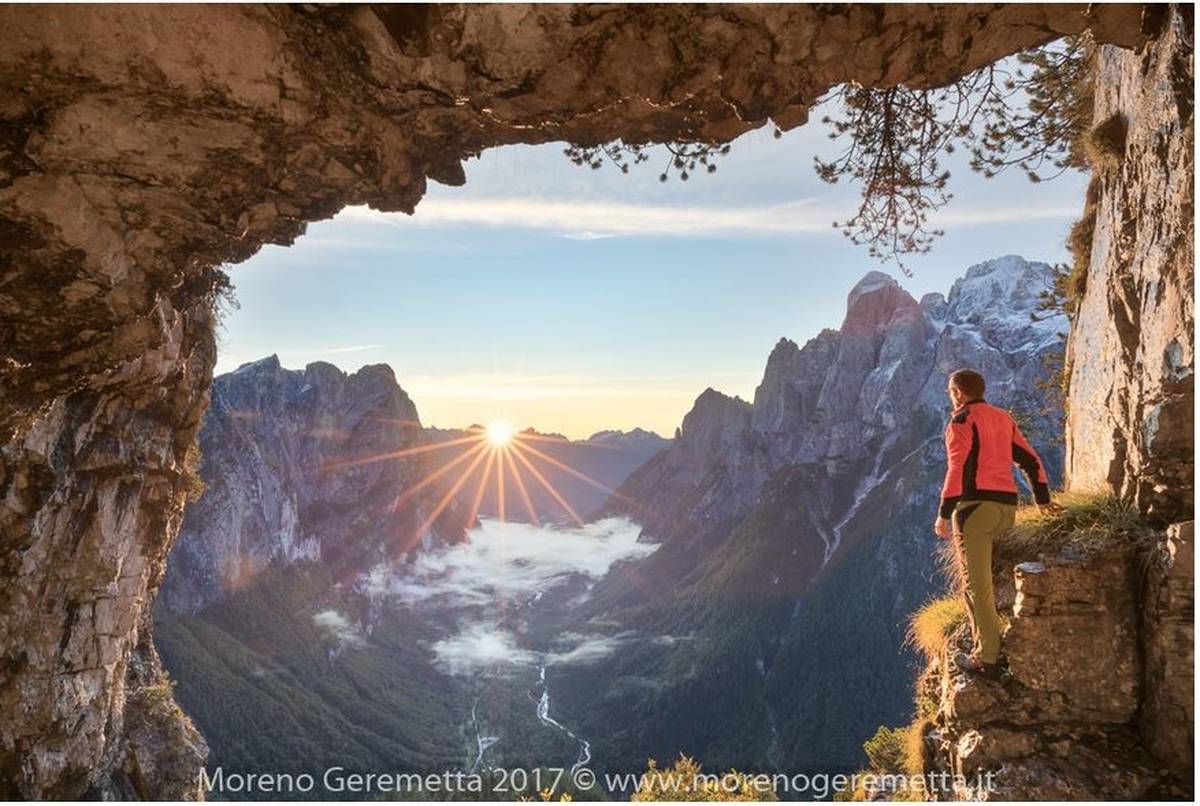 Sunrise from the San Lucano cavern (photo Moreno Geremetta).
Sunrise from the San Lucano cavern (photo Moreno Geremetta).
Tromba del Miel
Tromba del Miel (2467 metres above sea level) is a rocky spur that owes its name to its particular shape - it resembles a trumpet turned upside-down from the valley floor. It is the remainder of the ridge that separated two contiguous glacial tongues coming from the Pale plateau that joined further down in the Pian del Miel. The latter is a hanging glacial cirque in the middle of the eastern flank of the Pala-Group over Val d'Angheràz.
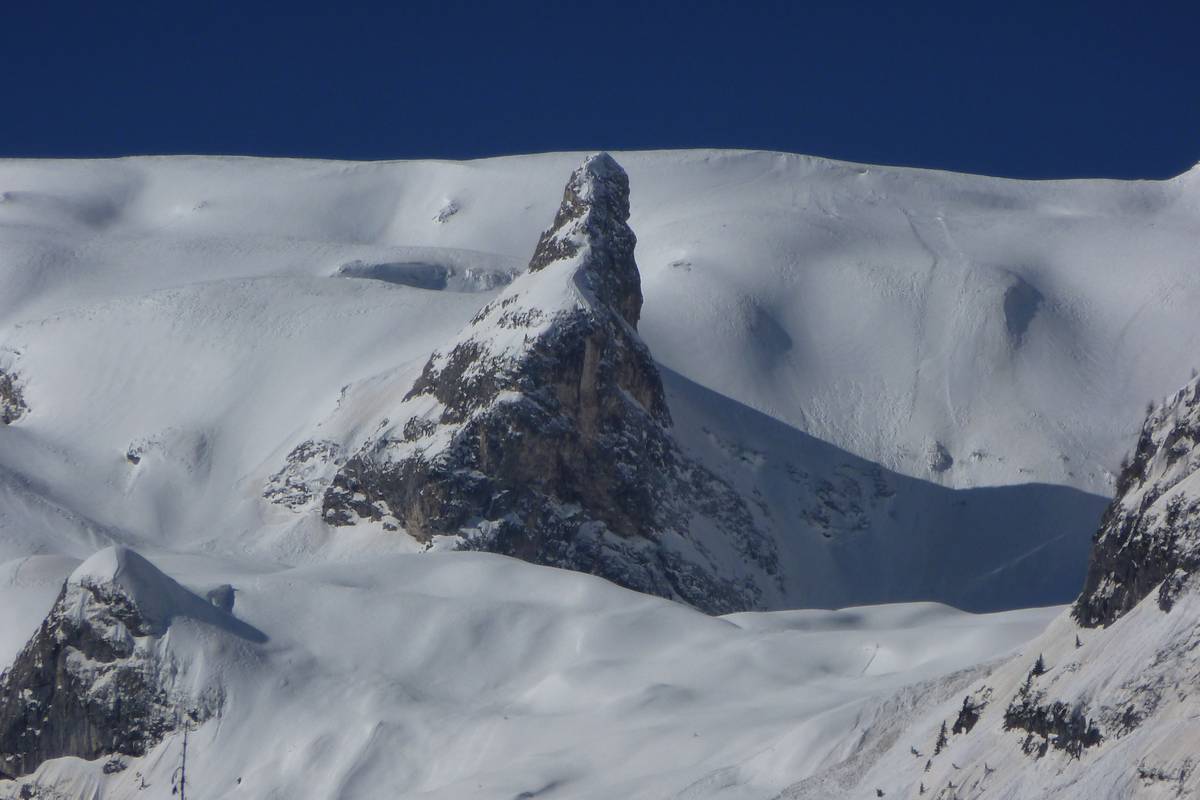 Tromba del Miel and the plateau of Pale di San Martino (February 2014) (Photo DG).
Tromba del Miel and the plateau of Pale di San Martino (February 2014) (Photo DG).
Download
 |
Download the full content of the information panel number 4 (pdf format) |






